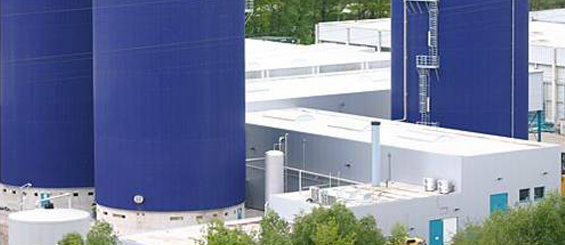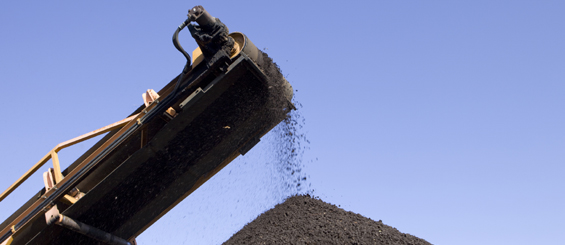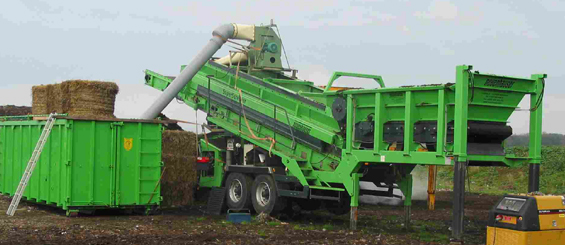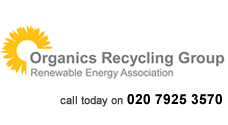Adverts
Summary of the meeting of the biological group with the Bureau on 11/12 June in Amsterdam
The WT BREF biological subgroup (which include the REA) met with the JRC-IPTS (i.e. EIPPC Bureau) in Amsterdam on 11th and 12th June to discuss progress made with the WT BREF review.
According to recent feedback from the JRC a first draft of the Waste Treatment BREF will be released to the Technical Working Group (TWG) for consultation in the third quarter of 2015 (8 week consultation process). REA, who sit in the TWG, will make the draft available to members for comments as soon as it receives it.
The minutes of the meeting held in Amsterdam are available HERE.
Key points from the meeting:
- The JRC said the questionnaire assessment has almost been completed;
- Text (e.g. chapter 4) delivered by the biological subgroup was of great help to the JRC, but it has not been used word by word;
- there are still gaps, in particular with regard to what are the key environmental indicators that should be measured, how these should be measured and if BAT-AEL (emission limits associated with best available techniques) should be set in relation to such indicators; and
- BAT conclusions and, where appropriate, BAT-AEL, will be selected based on the outcome of the questionnaire assessment and any additional, sound information provided by the members of the WT BREF Technical Working Group. For an explanation of the meaning of BAT-AEL, please see THIS PRESENTATION delivered at a recent meeting from the JRC (which also explains the procedures for reviewing BREF documents).
One of the member states represented in the biological subgroup (Austria) has undertaken its own assessment of the questionnaires collated and produced a report. I can provide this on request if you are interested to see the results, but please note that the report does not contain any interpretation of the data or conclusions on what should be BAT.
The biological subgroup is currently discussing what the key environmental indicators should be, whether they should be measured, how they should be measured and whether it would be appropriate to set BAT-AEL. Even if it is not the mandate of the subgroup to decide the above, the group is still keen to be pro-active and put together a position.
I have been asked by the leader of the biological subgroup to provide my feedback on the following table, which for emissions to air in particular shows for different categories of biological treatments what indicators should be considered. Please let me (kiara@r-e-a.net) know by 13th July at the latest whether:
- Are the indicators in the table right?
- Are the indicators represented in the table sufficient or do we need additional one (and if yes which ones and why)?
- How these indicators should be measured? (e.g. methodology, frequency)
- Should there be a BAT-AEL in association with these indicators?
|
L= parameter associated with local perception /
nuisance; G = global environmental indicators ; P= key process parameters to
be monitored |
||||||
|
|
Open air windrow |
IVC |
AD |
MBT (aerobic) |
MBT (AD) |
MBT (aerobic+ AD) |
|
Odour |
L |
L |
L |
L |
L |
L |
|
NH3 |
no |
G/P |
G/P |
G/P |
G/P |
G/P |
|
Screening in case of odour problems: |
||||||
|
Dust |
L |
L |
L |
L |
|
L |
|
TOC or NMVOC |
no |
L/G/P |
no |
L/P |
no |
L/P |
|
H2S |
no |
L/P |
L/P |
L/P |
L/P |
L/P |
|
Linked to detection (AD) |
||||||
|
CH4 |
|
|
G |
|
G |
G |
|
In case of the use of RTO (check
functioning of abatement technology) |
||||||
|
N2O |
|
|
|
G |
|
G |
visitor comments
Members' Area
Become a Member!
Join the Organics Recycling Group at the Renewable Energy Association by clicking below.





.jpg)


